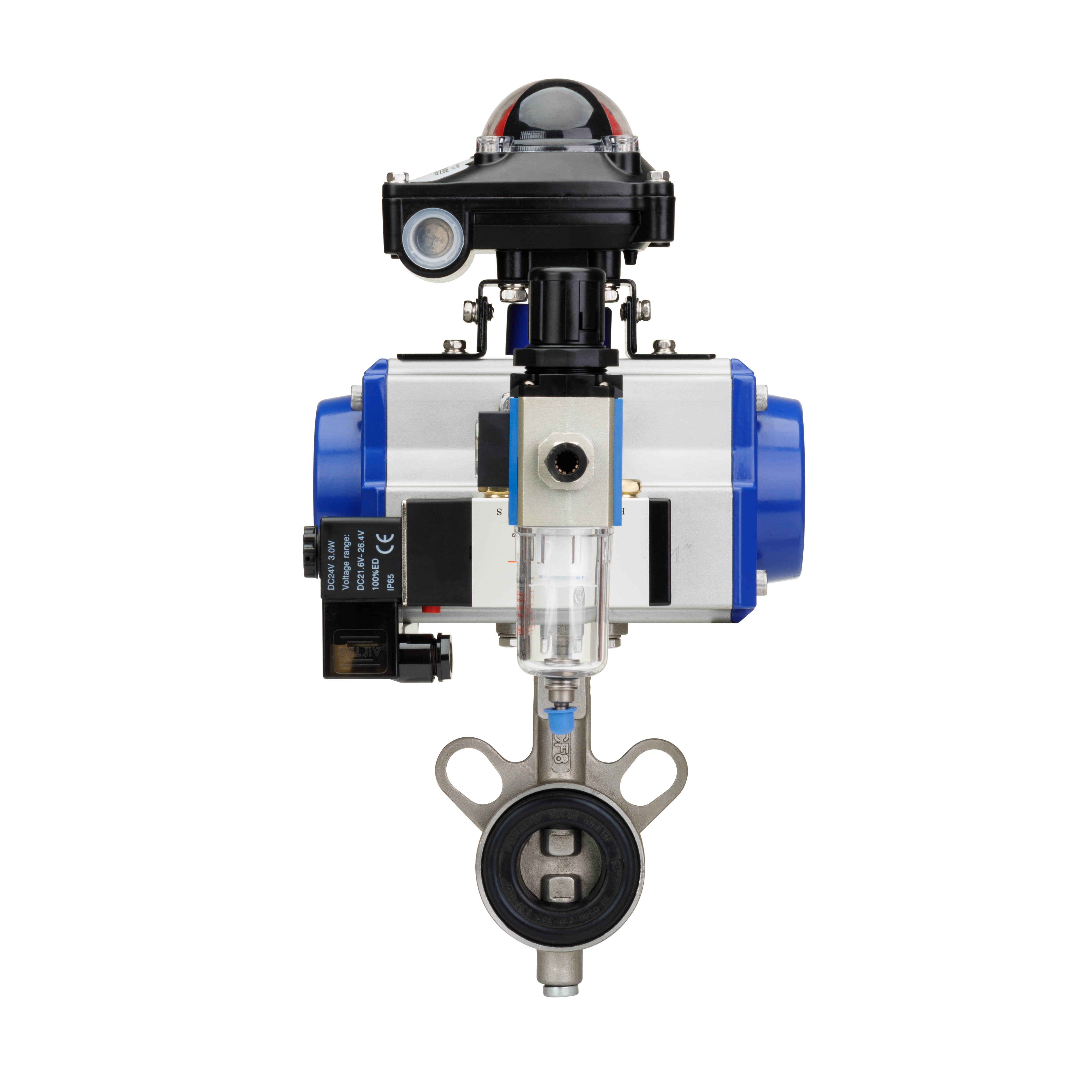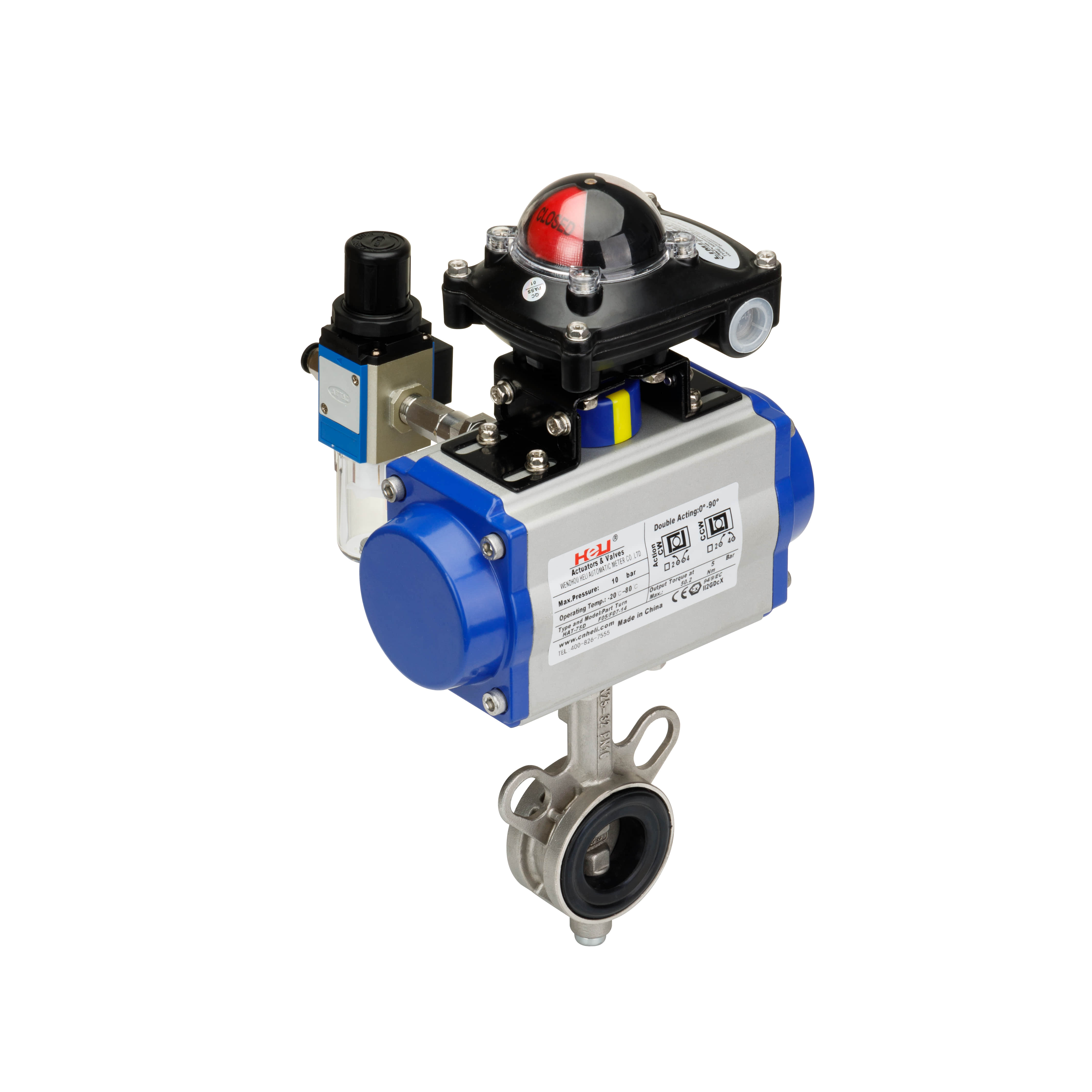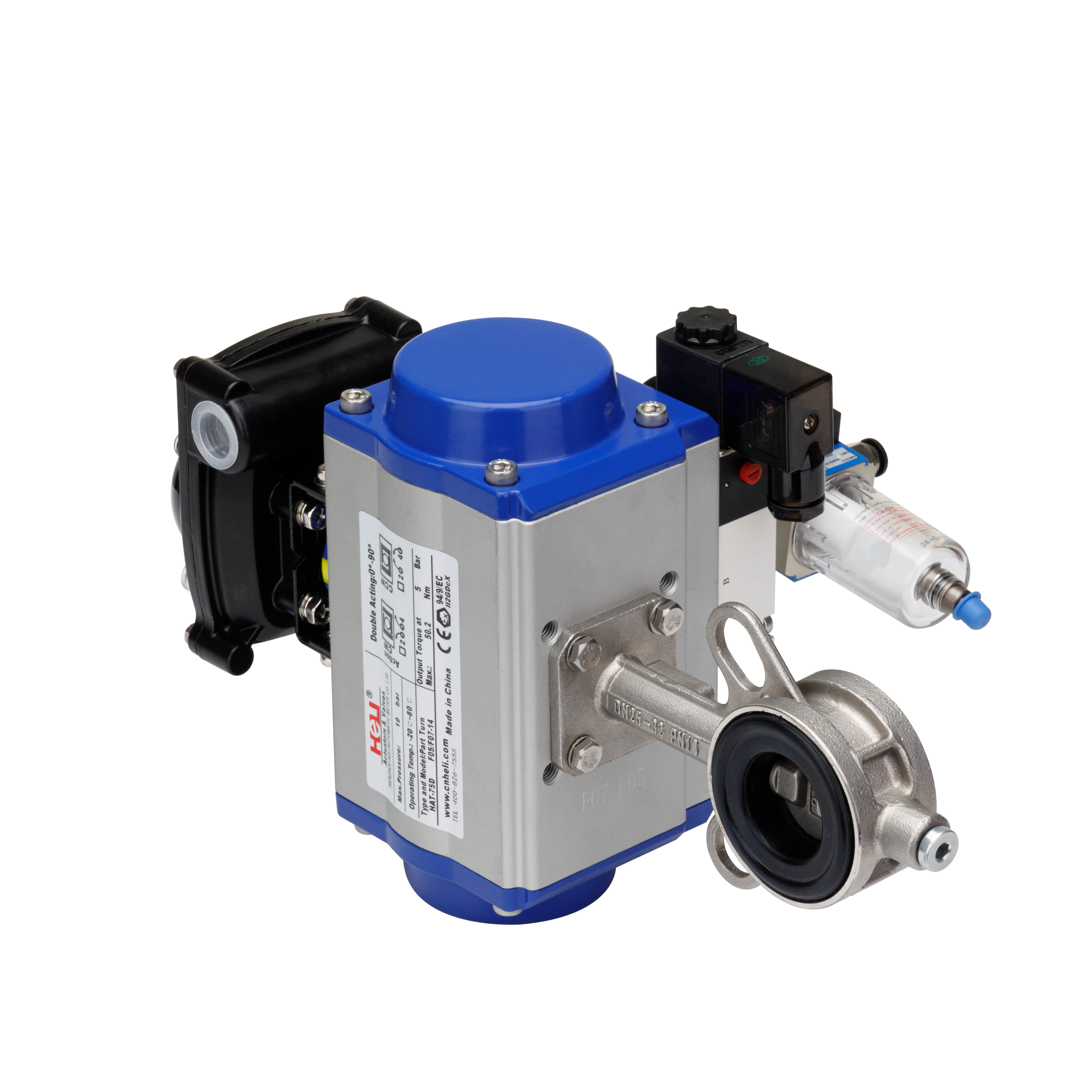understanding pneumatic butterfly valves: functionality, benefits, and applications
Release time:2024-11-15 15:26:40
Pneumatic butterfly valves are essential components in various industrial processes, primarily used for regulating and controlling fluid flow. Their simple yet effective design makes them suitable for numerous applications across different sectors. This article explores the functionality, advantages, and diverse applications of pneumatic butterfly valves, emphasizing their critical role in modern engineering systems.

What is a Pneumatic Butterfly Valve?

A pneumatic butterfly valve consists of a circular disc or vane that rotates around a central axis within a pipeline. The valve's body is typically made of durable materials like stainless steel, carbon steel, or plastic, ensuring longevity and resistance to corrosion. When the valve is in the closed position, the disc obstructs the flow of the fluid, and when opened, it allows for unrestricted flow. Pneumatic actuation involves the use of compressed air to control the valve's opening and closing, enabling rapid response and precise flow regulation.



